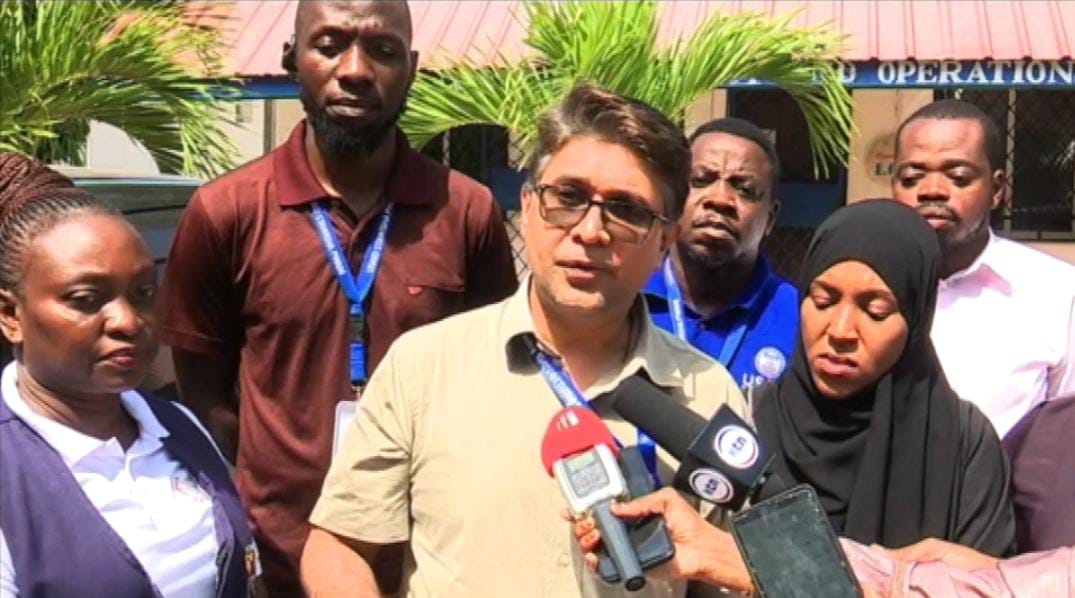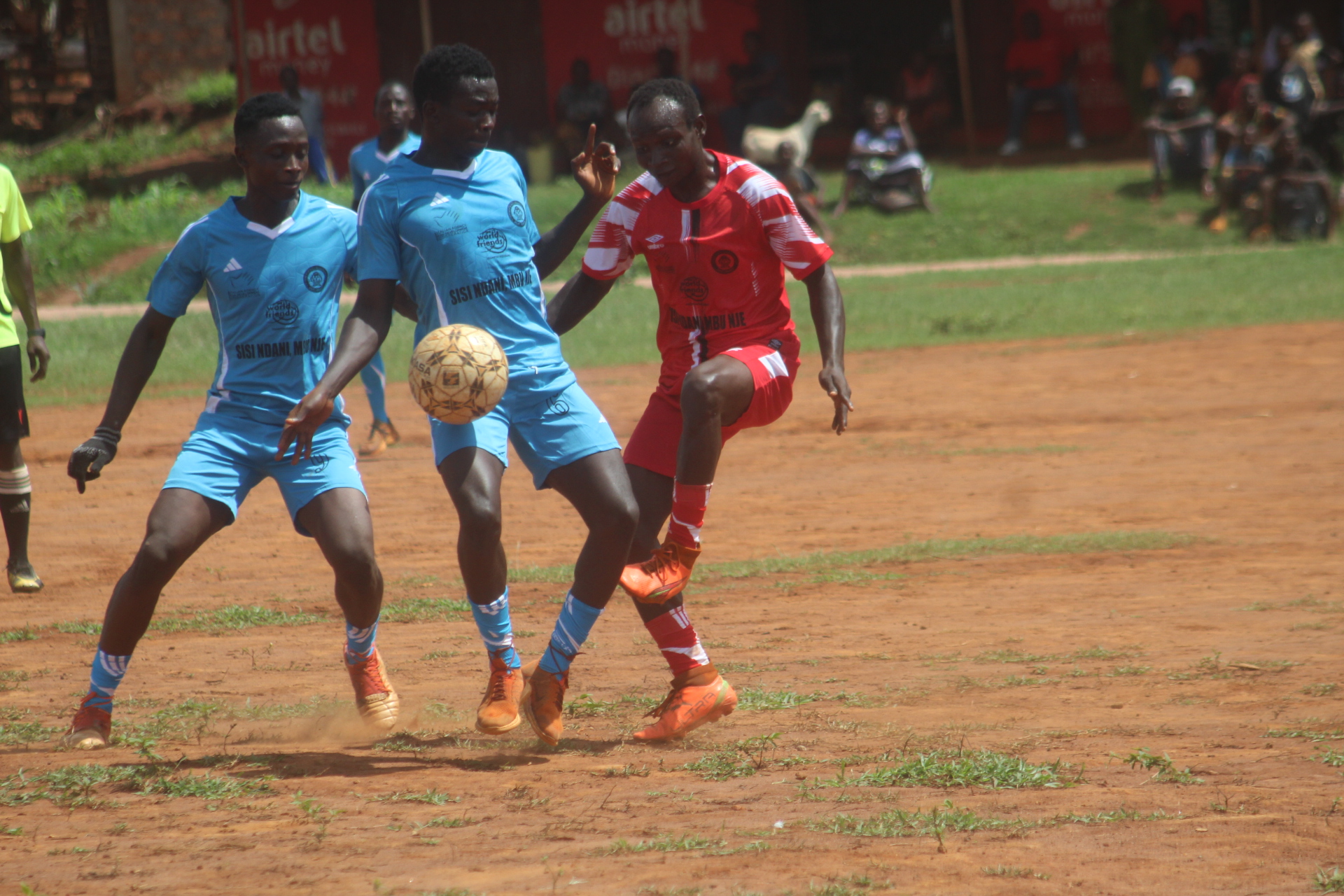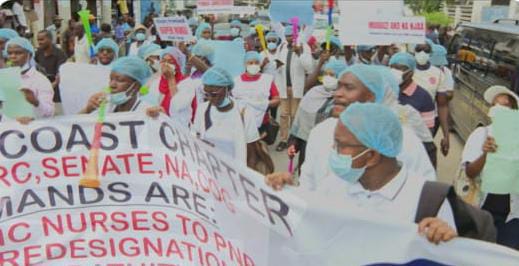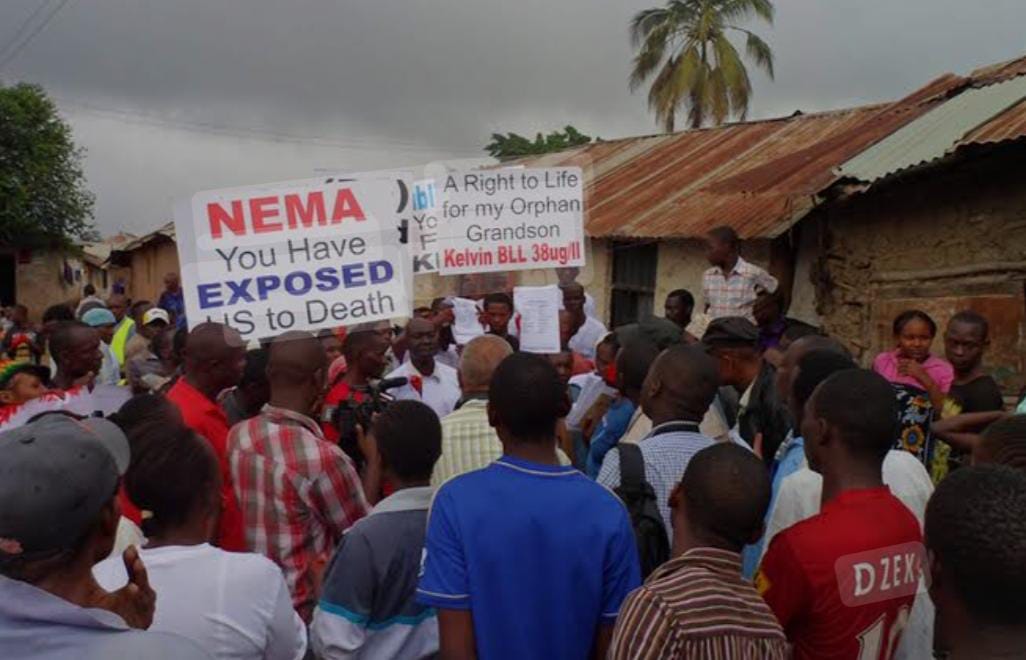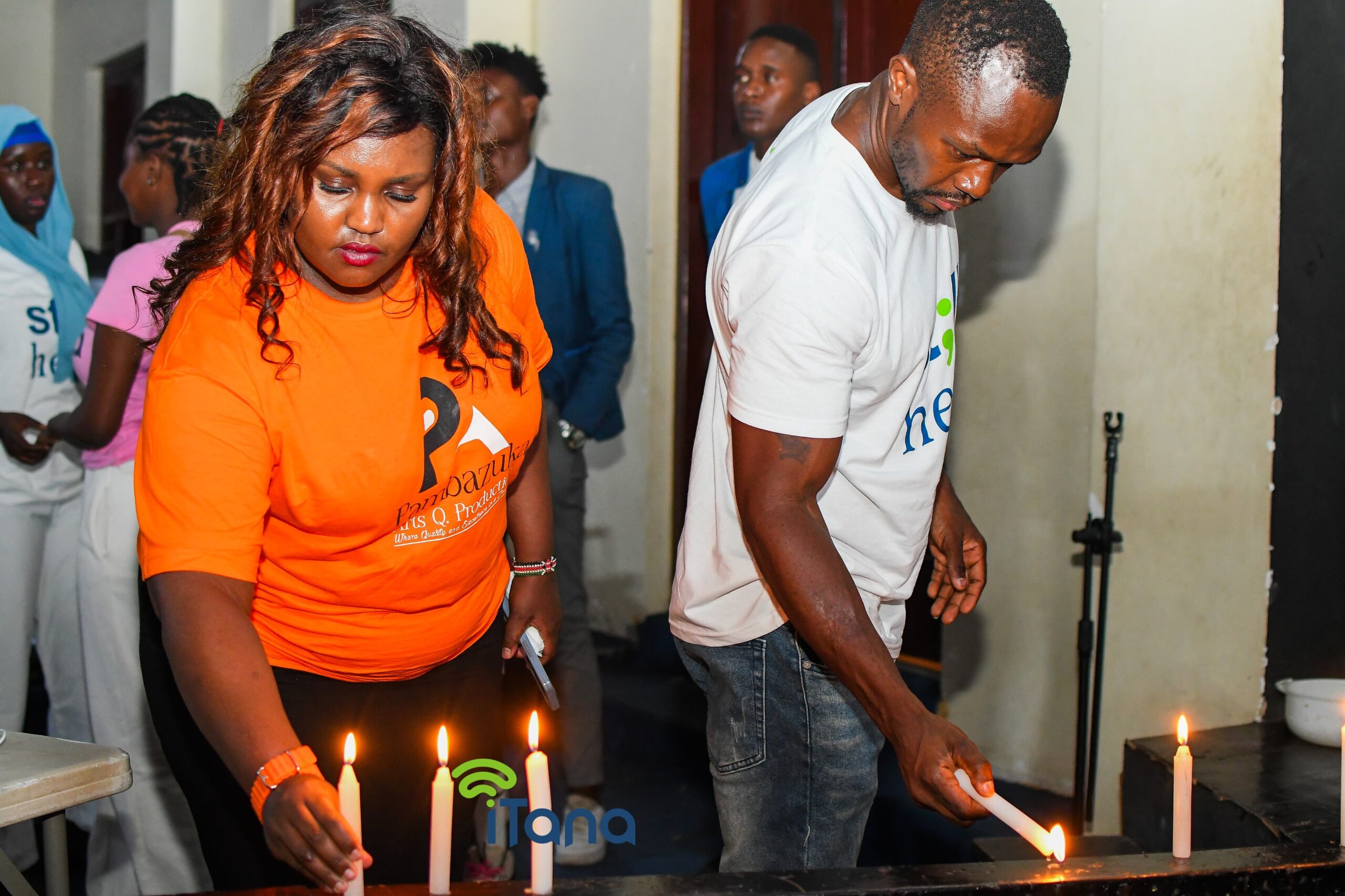Mohamed Hanif the director of clinical services in Mombasa County addressing the media.
A quiet but concerning rise in Mpox infections is gripping Mombasa County, signaling an urgent public health crisis that calls for immediate and vigorous intervention.
The recent surge in cases here is not an isolated event but a critical component of a larger, ongoing Clade Ib Mpox epidemic affecting Kenya and the wider East African region, driven by complex transmission dynamics and systemic challenges.
According to Mohamed Hanif , the director of clinical service Mombasa County between the months of June and July, Mombasa County has witnessed a significant increase in Mpox infections. As of recent reports, a total of 98 individuals have been confirmed to be infected with the Mpox virus with 24 patients currently admitted and receiving specialized treatment at the Utange Isolation Centre in Kisauni Sub-county. In a preemptive move to contain further potential spread, an additional 86 individuals have been placed under quarantine, their health status under continuous monitoring by public health authorities.
“To give an update of yesterday’s 10th of July, out of 159 tested, we’ve 98 that turned out positive, that’s means 75% to 78% of our cases are turning positive and out of these we’ve two deaths that have occurred. We’ve admitted 98 patients and 24 admitted in our isolation centre which is Utange. The transmission is happening across all sub-counties but the leading areas are Nyali with 23% and Changamwe with 19% but that doesn’t mean that the infection is only in these two sub counties, it’s happening in all the sub counties and looking at the numbers of June and July it has gone up that means there is an active local transmission within our communities,” explained Hanif.
The severity of the outbreak is tragically underscored by two fatalities, one recorded in June and another in July, as confirmed by Hanif. These deaths serve as a stark reminder of the disease’s potential for severe outcomes, even though the overall case-fatality ratio for the circulating Clade Ib variant has recently been observed at less than 3.3%.(1, 2)
The first case of Mpox in Mombasa was identified on September 3 of 2024, indicating that the current surge is an intensification of an existing viral presence rather than a new introduction. This suggests a period of low-level, undetected transmission preceding the recent spike.
The majority of confirmed cases fall within the age range of 26 to 45 years, a demographic concentration that points to a primary impact on the economically active adult population. Significantly, a 12-year-old child is also among the confirmed infections, indicating potential household transmission and highlighting the vulnerability of younger populations.
Geographically, the outbreak exhibits distinct clustering. Nyali constituency has recorded the highest number of infections, accounting for 23% of the total cases, followed closely by Changamwe constituency, which accounts for 19%. This spatial clustering suggests specific localized transmission hotspots within these urban areas, likely linked to factors such as population density, specific social networks, or commercial activities that facilitate viral spread.
While these reported figures offer a snapshot, the true extent of Mpox infections in Mombasa is likely considerably higher. This assessment is based on national observations: Kenya’s overall testing numbers for Mpox have been notably low, with only approximately 500 tests conducted during the initial seven months of the Clade Ib outbreak.
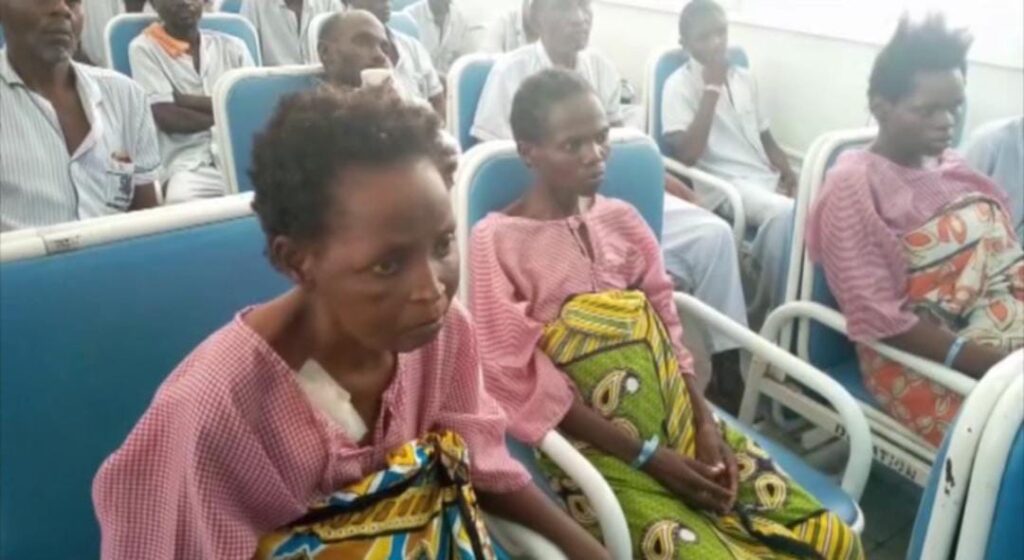
Furthermore, there is a recognized deficit in public and healthcare worker awareness regarding Mpox symptoms, often leading to misdiagnosis, particularly with conditions like chickenpox, and necessitating multiple healthcare visits before Mpox is even suspected.
As one report notes: “Some patients made several health care visits before Mpox was suspected, the median delay between symptom onset and laboratory confirmation, averaging 7.5 days, further exacerbates the issue of timely case identification; some people can be infected without developing any symptoms allowing for silent transmission within the community,” stated Hanif.
The confluence of these factors – limited testing, diagnostic delays, and asymptomatic cases suggests that the reported figures in Mombasa represent only a fraction of the true burden, complicating accurate epidemiological assessment and hindering effective containment efforts.
The Mpox outbreak in Mombasa appears to be driven by a complex, dual dynamics affecting different segments of the population. The concentration of cases among individuals aged 26-45 years aligns with sexually active adults and those engaged in mobile or transactional occupations, such as truck driving or sex work, which have been identified as key drivers of the national outbreak.
The presence of a 12-year-old child among confirmed cases, however, strongly indicates subsequent secondary household transmission, typically following an initial introduction of the virus into a household by an adult.
Addressing the media in Mombasa, Mohamed Hanif the director of clinical services in Mombasa County stated that two individuals have died of Mpox one in the month of June and one in month of July.

